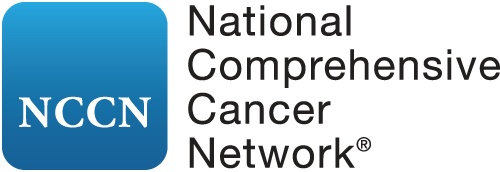Updated Phase I/II BRUIN Study of Next-Generation BTK Inhibitor Pirtobrutinib in CLL
Posted: Monday, January 10, 2022
During the 2021 American Society of Hematology (ASH) Annual Meeting & Exposition, Anthony R. Mato, MD, of Memorial Sloan Kettering Cancer Center, New York, and colleagues presented updated results from the phase I/II BRUIN study of pirtobrutinib—a next-generation,non-covalent Bruton’s tyrosine kinase (BTK) inhibitor—in previously treated patients with chronic lymphocytic leukemia (CLL; Abstract 391). Their findings concluded that pirtobrutinib not only demonstrated “promising” efficacy in these individuals, but it was reported to be well tolerated with a wide therapeutic index.
This multicenter study enrolled 323 patients with B-cell malignancies, including 170 with CLL or small lymphocytic lymphoma. During phase I, participants were administered dose escalations of pirtobrutinib monotherapy to determine the recommended dose for phase II, which assessed safety and other clinical outcomes.
The median patient age was 69, and the median number of prior therapy lines was three. The most common previous treatments included anti-CD20 antibody therapy (90%), BTK inhibitor therapy (86%), and chemotherapy (82%). The maximum tolerated dose was not reached, as no dose-limiting toxicities were observed; therefore, 200 mg of pirtobrutinib per day was selected as the recommended phase II dose.
At efficacy cutoff, 139 patients were eligible for evaluation, with a median follow-up of 6 months. The overall response rate was 63%, including participants achieving a partial response with (n = 19) or without (n = 69) lymphocytosis, stable disease (n = 45), and progressive disease (n = 1). The overall response rate for those on BTK inhibitors was 62%, and the response at the 10-month follow up was 86%. With 83 responding patients remaining on therapy, the longest-followed responding patient has been on treatment for more than 17.8 months.
The most common treatment-emergent adverse events were fatigue, diarrhea, and contusion. Neutropenia of grade 3 or higher affected 10% of individuals, and treatment-related hypertension and hemorrhage were observed in four and five patients, respectively. Of note, five participants discontinued treatment due to adverse events.
Disclosure: For full disclosures of the study authors, visit ash.confex.com.



